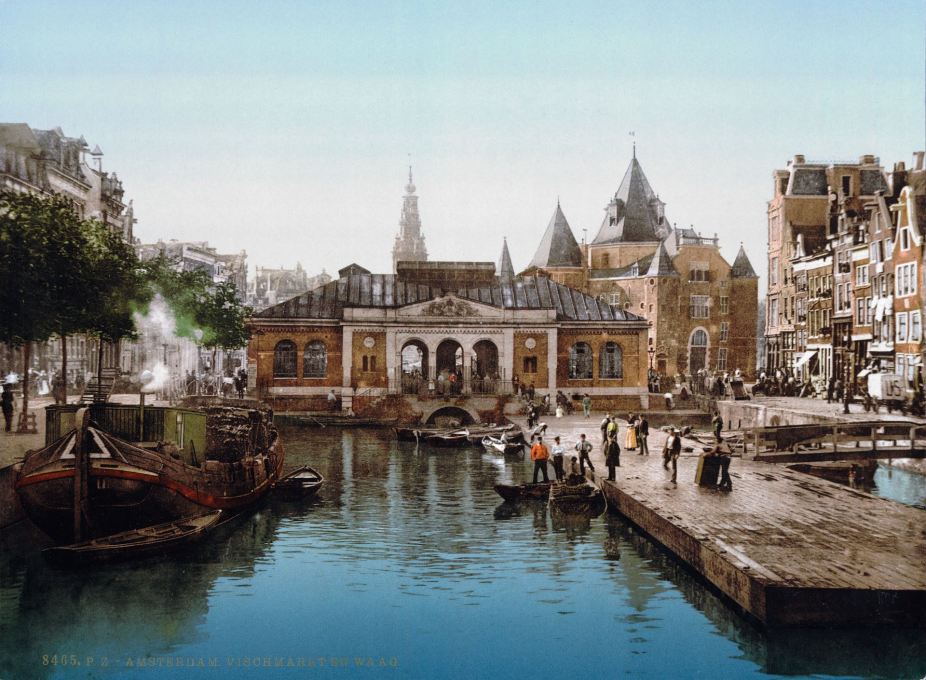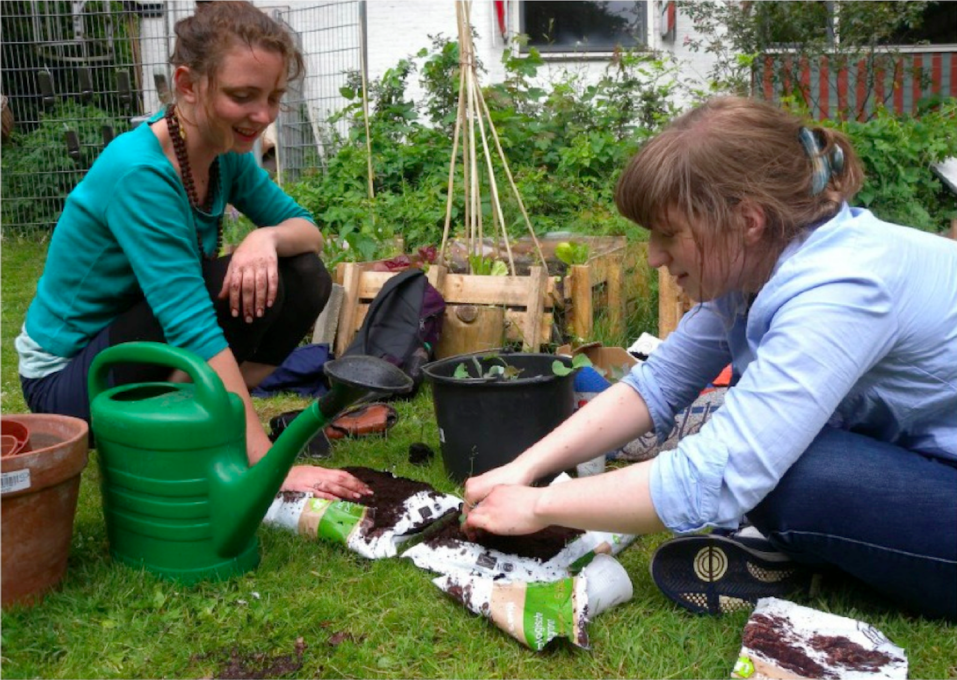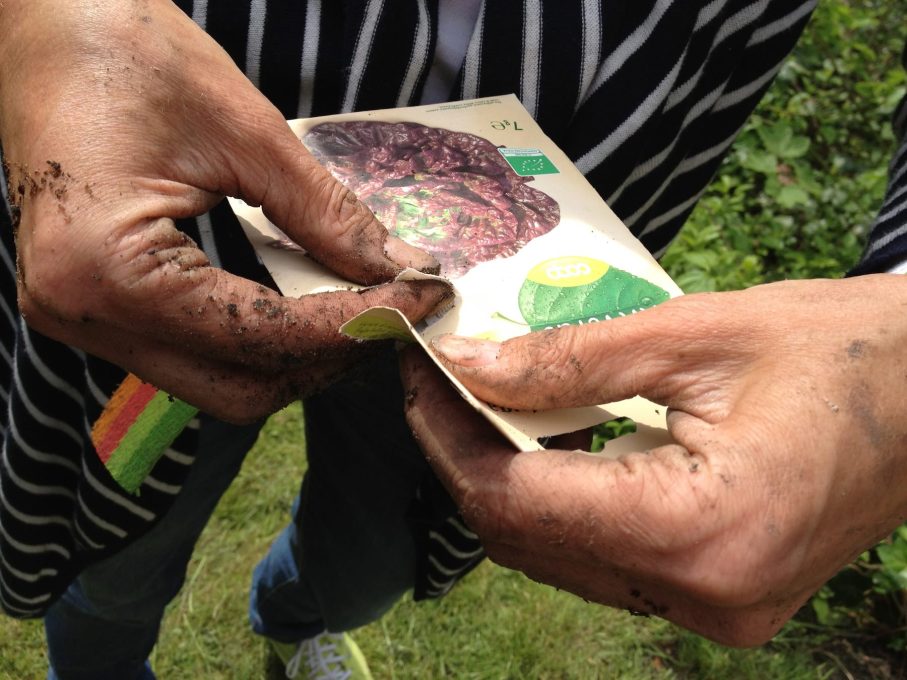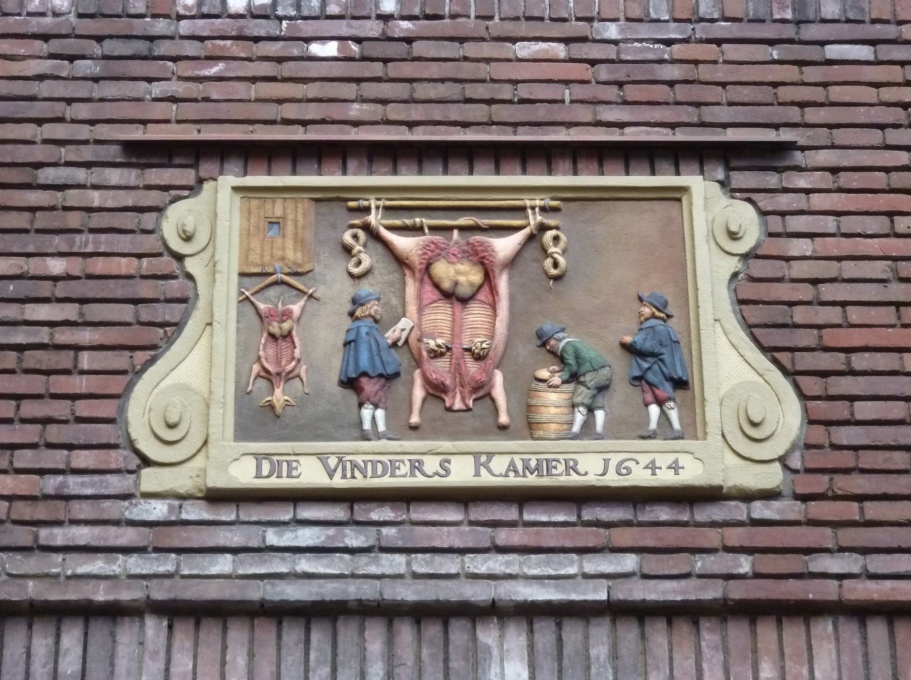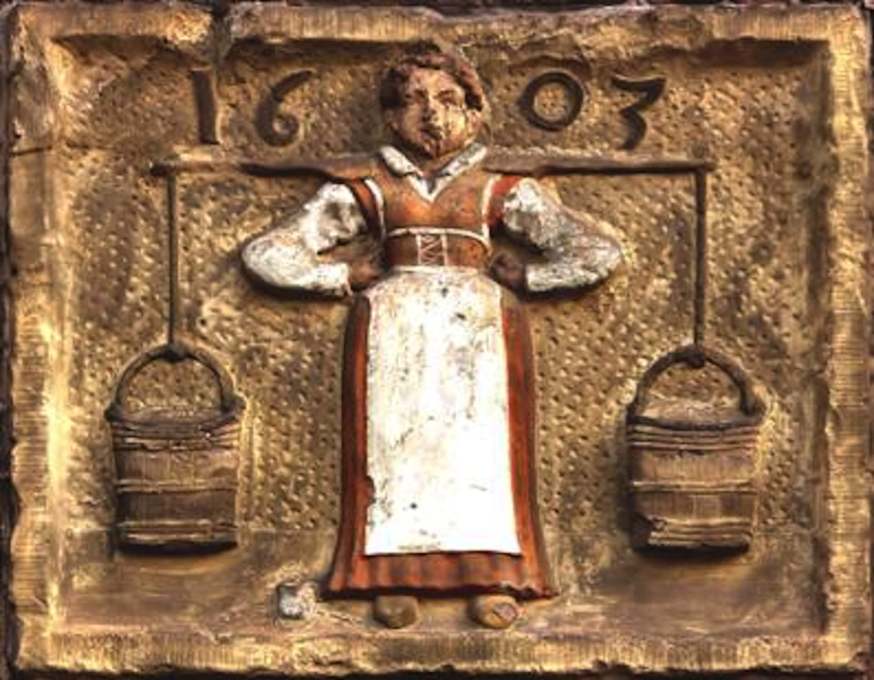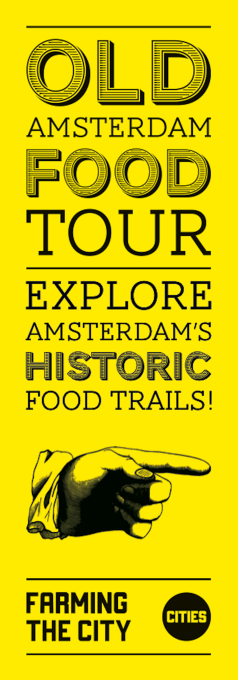Amsterdam has a new attraction: urban food tourism. Why is the history of culinary culture so important to understanding the city today?
Inspired by the work of Carolyn Steel, author of the book Hungry City and advocator of the intrinsic relationship between food and urban landscapes, the Amsterdam-based Cities Foundation embarked on a research project about how Amsterdam has been fed throughout its history. The foundation’s recently-created Old Amsterdam Food Tour explores how food production and distribution networks have shaped the city’s form. A walking tour reveals the earliest food history of Amsterdam, and an extended bike ride brings visitors to sites that testify to the influence of the Industrial Revolution. Cristina Ampatzidou talks to Anke de Vrieze, project leader of Farming the City and initiator of the tours.
--
Why do you think it is important to understand how food is being produced and distributed in cities, especially from a historical perspective?
In a pre-industrial city, food was everywhere and could be seen, smelt, heard and touched, making it impossible not to notice. But a lot has changed since the Industrial Revolution: food can be transported over longer distances and be preserved longer. These possibilities cause food to disappear from the core of urban life. In contemporary cities, although food is always available, it is much more difficult to see where it comes from, as it arrives in boxes, in trucks at the back entrances of supermarkets. With the relationship between food and the city out of sight, it becomes a challenge to grasp its importance. With Farming the City and the Old Amsterdam Food Tour, we try to bring that hidden relationship to light.
On one hand, 80% of the global food trade is dominated by five multinational corporations. On the other hand there is a growing movement for conscious selection and even production of our own food. Could this movement have a positive influence or is it a mere reaction to the increasing inability to control the food chain?
The rise of “alternative food networks” is undoubtedly related to developments in the mainstream food system. History shows that there is a certain logic behind the continuous scaling in the food system – massive production, higher efficiency and lower costs – but we cannot look at food from only the point of efficiency. The food movement is raising awareness about the fact that it’s not possible anymore to close our eyes to the negative effects of this continuous scaling in the food system; we need to find alternatives. Additionally, the current system is not sustainable in the long run, so the food movement is not just a good practice but a necessity. I definitely think it can have a positive influence. Food is a very personal matter: by putting food in our mouth and digesting it through our bodies, we literally are what we eat.
Growing your own food, apart from time and land availability, requires certain skills. How can we learn about urban farming today and what should change on a policy level to engage communities in food cultivation?
Cultivating food requires skills and urban farmers can learn a lot from “traditional” farmers. Courses on food growing should be widely available in the city and set in motion a dialogue between farmers and citizens. Food cultivation as well as cooking should again become part of education curriculums and schools should have gardens, as learning-by-doing is a very important part of the education process.
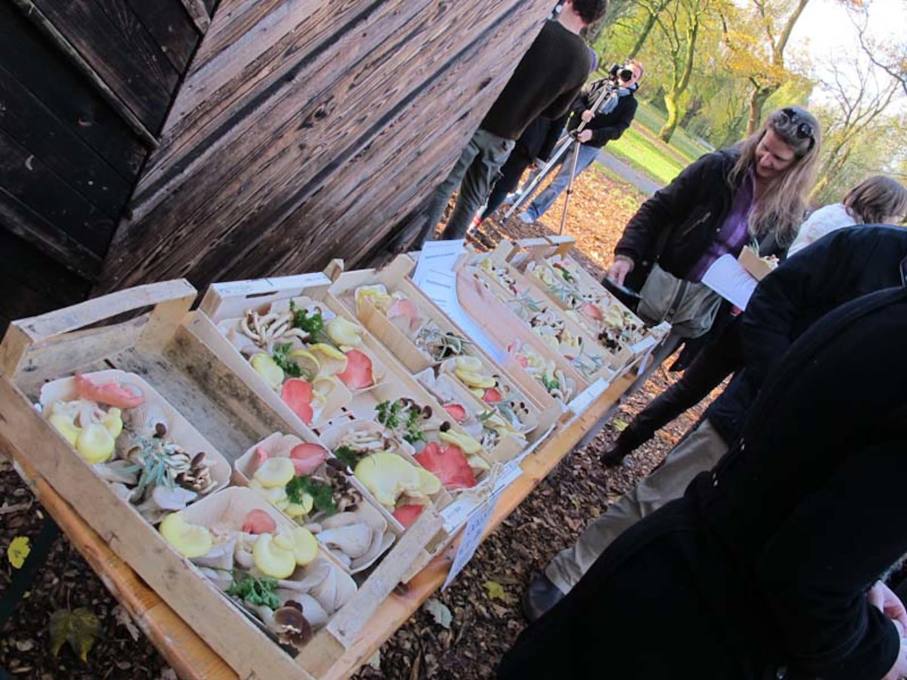
Cities Foundation wishes Amsterdam to have a local food system that covers sourcing, preparation, distribution, and consumption. Do you think this is possible in the next years?
By following the Amsterdam Food Tour, it becomes very clear that the city has been importing food from abroad since its early days. It’s both unnecessary and impossible to source all our food locally. But we do see the added value of bringing food production back into the city. Sourcing locally what we can, preparing and packaging it locally and distributing it (in a clean way, without emissions) over short distances. We are already seeing some positive signs – bakers coming back to the city, artisan butchers, beer brewers, farmers’ markets, and of course, urban farming. Creating a local food system can contribute to employment, a more resilient food system and a more social, equitable and liveable city.
I would like Amsterdam to be a green and sustainable city with clean transport and a big diversity of food produced in community gardens, parks and rooftops. On Dam Square there could be a lively central market again - with a modern distribution system and local food on offer to people who are healthy and aware of what they eat.
--
The Old Amsterdam Food Tours take place every Wednesday evening. Learn more about this initiative at Cities website or book your place at foodtour@farmingthecity.net
(And -- for more on this topic, try Carolyn Steel’s, Hungry City – How Food Shapes our Lives)
– Cristina Ampatzidou is an independent researcher and writer based in Rotterdam, interested in the changing authorities in city planning, the emergence of collectivities on a local level and their influence by social media.




